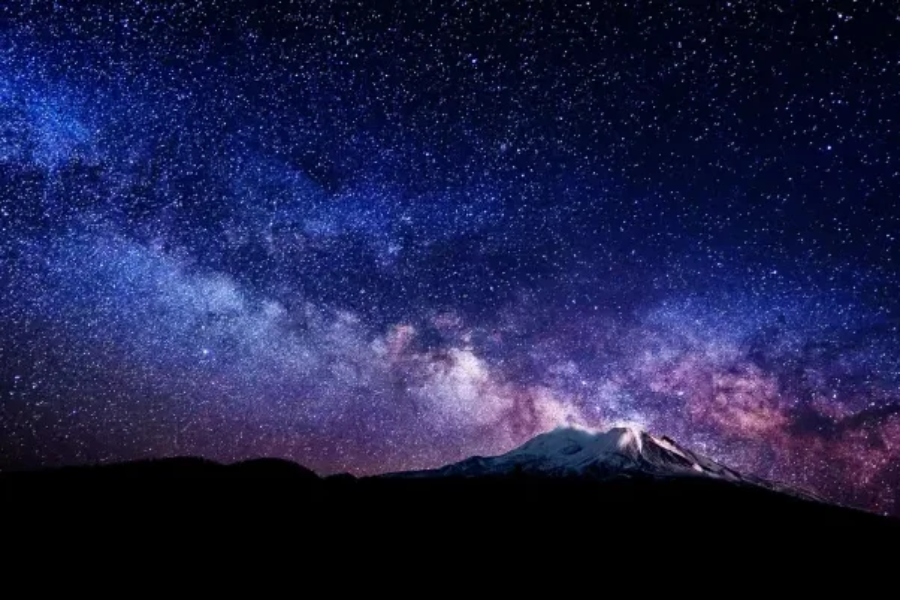A Visual Journey Through Stars-923: Stunning Images and Discoveries
Introduction
Welcome to the captivating world of Stars-923, a celestial wonder that has fascinated astronomers and space enthusiasts alike. Located deep within the cosmos, this remarkable star offers not only breathtaking beauty but also valuable scientific insights. From its unique properties to the incredible images captured by modern telescopes, Stars-923 holds many secrets. Join us as we explore its history, formation, and the groundbreaking discoveries made along the way. Get ready to be amazed!
The History of Stars-923 and Its Discoveries
Stars-923 has long intrigued astronomers with its brilliance. First recorded in the early 1900s, this star stood out to researchers who were just beginning to unlock the mysteries of the universe.
Over the years, advancements in telescope technology have revealed more about this star’s complexity. The introduction of spectroscopy—allowing scientists to study the light emitted by stars—helped decode its composition and behavior. Major astronomical missions captured images that showcased its stunning features, highlighting the star’s uniqueness.
Recent international collaboration has only deepened our knowledge of Stars-923. Ongoing studies have provided key insights into its age, temperature, and even the potential planetary systems that may orbit it. With each new discovery, Stars-923 remains an essential focus of study in astrophysics.
The Formation and Life Cycle of Stars-923
Like all stars, Stars-923 began its life in a nebula—a massive cloud of gas and dust drawn together by gravity. Over time, the pressure and heat at its core became intense, igniting nuclear fusion, a process where hydrogen atoms fuse into helium, releasing the energy that powers the star.
During this main sequence phase, which lasts billions of years, Stars-923 radiates energy, maintaining its brilliance. As its core eventually runs out of hydrogen, the star swells into a red giant, shedding outer layers while the core contracts. What happens next depends on the star’s mass: Stars-923 may collapse into a white dwarf or end in a spectacular supernova explosion. Each phase of its life cycle sheds light on the process of stellar evolution and the ongoing story of our universe.
Unique Characteristics of Stars-923
Stars-923 is renowned for its exceptional luminosity, making it a shining beacon in the night sky that can be observed from great distances. This impressive brightness is just one of its many intriguing qualities.
Another standout feature is its unusual spectral composition. The chemical elements detected in its light give astronomers valuable clues about the nuclear processes occurring within the star.
Temperature variations across the surface of Stars-923 also make it a subject of intense interest. Different regions display varying thermal characteristics, sparking questions about how these affect the star’s overall behavior and life span.
Additionally, the star exhibits occasional fluctuations in brightness. These changes may point to gravitational interactions with nearby celestial objects or internal factors like eclipsing phenomena. Each unique trait makes Stars-923 a critical subject for ongoing research.
Stunning Images Captured by Telescopes and Satellites
The allure of Stars-923 is beautifully captured through advanced telescopic and satellite imagery. Telescopes like the Hubble Space Telescope have provided breathtaking views, showcasing the star’s intense luminosity against the vast backdrop of space.
Beyond visible light, satellites equipped with cutting-edge imaging technology can detect different wavelengths, revealing hidden details about Stars-923 that our eyes can’t see. These images provide scientists with invaluable data, helping to better understand the star’s structure and environment.
The stunning visuals of Stars-923 not only capture the imagination but also offer crucial scientific information. By studying these images, astronomers can delve deeper into the mysteries of this celestial body, enhancing our knowledge of its place in the galaxy.
Recent Discoveries and Studies on Stars-923
Recent research on Stars-923 has unveiled groundbreaking discoveries that continue to surprise scientists. For instance, new spectral data have revealed traces of rare elements in the star’s atmosphere, hinting at complex processes occurring within its core.
A team from the Galactic Observatory recently noted unusual temperature fluctuations on the star’s surface, suggesting dynamic and previously unobserved atmospheric behavior. These variations challenge earlier models of how stars like Stars-923 behave, opening up new avenues of inquiry.
Perhaps the most exciting recent discovery is the possibility of exoplanets orbiting Stars-923. As more data is collected, researchers are hopeful that these planets could provide insights into the potential for life beyond Earth. The ongoing exploration of Stars-923 is a testament to how much we still have to learn about the universe.
What the Future Holds for Studying Stars-923
The future of studying Stars-923 looks incredibly promising. As telescope technology continues to evolve, researchers will be able to gather even more detailed data on this remarkable star.
Upcoming missions will likely provide clearer insights into Stars-923’s life cycle, composition, and behavior. New spectroscopic methods may reveal hidden details about its atmosphere and any exoplanets orbiting nearby, sparking new theories about star systems and potential habitability.
Collaboration between observatories worldwide will ensure that the study of Stars-923 remains at the forefront of astrophysical research. As space exploration advances, this star will continue to be a focal point for scientists seeking to unravel the mysteries of the universe.
Conclusion: Why Stars-923 Is a Fascinating and Important Star to Study
Stars-923 captures the imagination of both astronomers and stargazers with its unique qualities and rich history. From its extraordinary brightness to its unusual spectral characteristics, the star provides invaluable insights into stellar evolution. Each new discovery enhances our understanding of how stars live and die, shaping our broader knowledge of the cosmos.
The mesmerizing images of Stars-923 offer a glimpse into the beauty and complexity of the universe, while recent studies promise to deepen our understanding even further. As technology progresses, future missions will undoubtedly bring more fascinating revelations.
The study of Stars-923 is more than just scientific exploration—it’s a reminder of the vastness of our universe and the incredible wonders it holds. By continuing to study this remarkable star, we inch closer to unlocking the secrets of the cosmos and our place within it.






